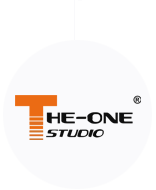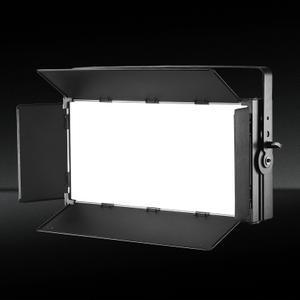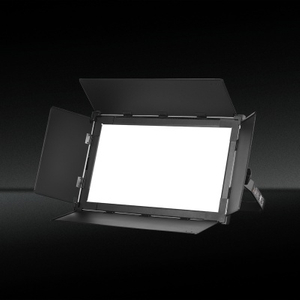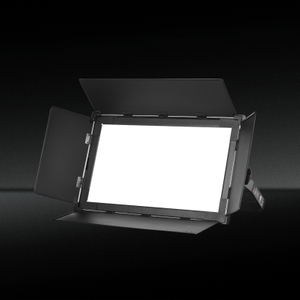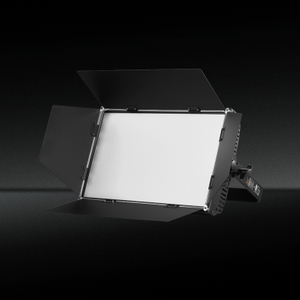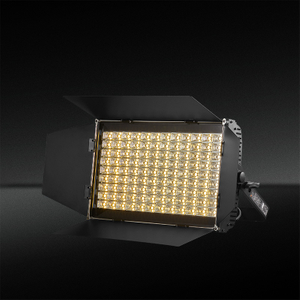How to Choose the Best LED Studio Video Soft Lights for Your Needs
Views: 13 Author: Site Editor Publish Time: 2024-10-11 Origin: Site








Choosing the best LED studio lights for your photography or videography needs involves considering several factors to ensure you select the right equipment. Now many project choose theled soft studio lights for the photography. Why are the led studio lights welcome so popular? Here are some of the key benefits of using LED studio lights for photography. Here’s a guide to help you make an informed decision:

Determine Your Purpose: Photography vs. Videography: Decide whether you need lights primarily for photography, videography, or both, as this can affect your choice of features. Specific Use Cases: Consider what you will be shooting (portraits, products, events, etc.) to determine the type of lighting you need.
Light Output (Lumens). Brightness: Look for LED Studio lights with adjustable brightness levels. Higher lumen ratings provide stronger light output, which is useful for larger spaces or outdoor settings. Dimming Options: Ensure the lights have dimming capabilities to control the light intensity easily.
Color Temperature (3000K-6000K) Adjustability: Choose lights with adjustable color temperature (measured in Kelvin) to match different environments or create specific moods (e.g., warm light for a cozy feel or cooler light for a more clinical look). Consistency: Look for lights that offer consistent color temperature to maintain color accuracy across your shots.

CRI (Color Rendering Index): High CRI: A CRI of 90 or above is ideal, as it indicates that the light will render colors accurately, which is crucial for photography and videography.
Light Quality Soft vs. Hard Light: Consider whether you need soft light (usually achieved with diffusers) or hard light. Some LED lights come with built-in diffusion. Modifiers: Check if the lights are compatible with various light modifiers (softboxes, reflectors, etc.) for more control over the light quality. Portability:Size and Weight: If you plan to shoot on location, consider the size and weight of the lights. Lightweight and compact designs are easier to transport. Power Options: Look for battery-operated options for shooting in locations without access to power outlets. Mounting Options: Ensure the lights can be easily mounted on stands or brackets. Some lights come with built-in mounting options or sockets. Adjustability: Look for lights that offer adjustable angles and heights for better control over the light direction. Control Features: Remote Control: Some LED lights come with remote controls or smartphone apps for easier adjustments without having to physically reach the lights. DMX Compatibility: If you plan to use multiple lights, consider lights that support DMX control for synchronized lighting setups.
By carefully considering these factors, you can choose the best LED studio lights that will suit your specific needs and help you achieve your creative vision.
